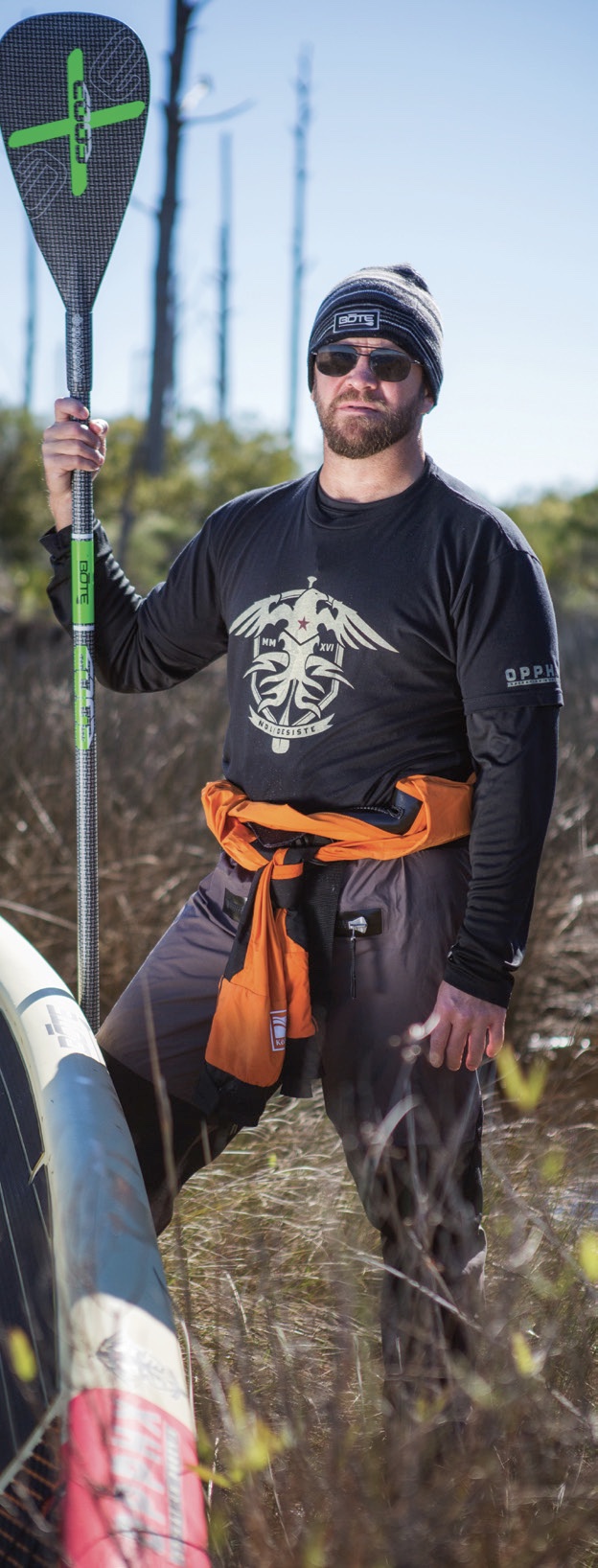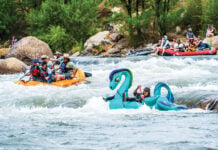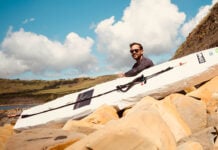Less than two years ago, the highlight of Josh Collins’ day was when his cup of medication would arrive. After more than 20 years in U.S. Army special operations—including rotations in Iraq, Afghanistan and Bosnia—his body was a mine field, ravaged by explosive blasts, parachute landings and combative trainings. His time in service had left him with traumatic brain injuries (TBIs), rib and cervical spine compressions and seizures. Like many of the roughly 12 percent of American veterans who suffer from post-traumatic stress disorder (PTSD), Collins had also begun to self-medicate with alcohol.

Collins assigned himself a special mission: Operation Phoenix (code name OPPHX). His goal? To paddle 2,600 miles from Texas to New York City, all the while raising awareness about TBIs and the 22 veterans a day who commit suicide as the result of PTSD.
It was during a recreational therapy event that he found his choice of craft. His balance issues—the result of TBIs, vestibular ear problems and nerve damage in his eyes—were resolved the moment he stood on a paddleboard. “When I got on, everything stood still. It was like being in a dark cave and then someone switches on the light,” says Collins. “I was like, ‘I want to live here.’”
The former athlete was far from ready for the challenge, though. For the average person, paddling 30 to 40 miles a day is no easy feat—but with a battered body, the 47-year-old had additional obstacles to overcome. “I’ve been in combat seven times, but I couldn’t paddle four miles without being so exhausted that I’d barely make it to shore,” he says.
It took 30 days of intensive training at Exos, a sports performance center, before Collins was finally able to hit the water on his custom-built Bote standup paddleboard, emblazoned with the words Noli Desiste (Latin for “Never Quit”).
While quitting was never really an option, over the next 140 days he faced fierce headwinds, sharks, crocodiles, and a nagging sense of self-doubt. It wasn’t until about 40 days into his mission that Collins finally hit a rhythm that would carry him all the way to the Statue of Liberty. On July 23, 2016 he arrived having raised over $210,000 for the Task Force Dagger Foundation, an organization that rehabilitates wounded soldiers.
“I thought about my placement of the paddle, about feeling the water catch and how much water I was drawing back. That became all I thought about—my next paddle stoke,” says Collins. “It was kind of like life; you’ve got all these great plans and you’re looking at the big picture, but when it comes down to it, it’s really about your next paddle stroke.”
OPPHX may be complete, but Collins’ journey is far from over. He hopes to raise an additional $21.8 million, with an ultimate goal of becoming the first person to make a man-powered voyage around the world in under 18 months. First, he’ll attempt to be the first standup paddleboarder to complete Race to Alaska, a 750-mile unsupported race starting in Port Townsend, Washington. This time, he’ll be paddling to raise awareness for the addiction issues that many veterans struggle with. Until then, he’s enjoying his continued recovery with his wife, Tonia, and his support dog H.R. Charlie at his side, taking each moment one stroke at a time. —Jessica Wynne Lockhart








